SEARCH






|
|
|
|


Different cameras for different pictures. Seems obvious, but it's always been a powerful part of my image making process. Some cameras are painfully slow, deliberate and precise. Others are fast, loose, and intuitive. Some are more responsive, while others are positively dictatorial. Some make me keenly aware of the edges of my frame, while others allow me to focus first and foremost on the content. And whatever the camera, they all affect the response of the sitter in different ways. Contrary, to popular myth, the camera never disappears, not to the subject and certainly not to the photographer.
Gregory Heisler
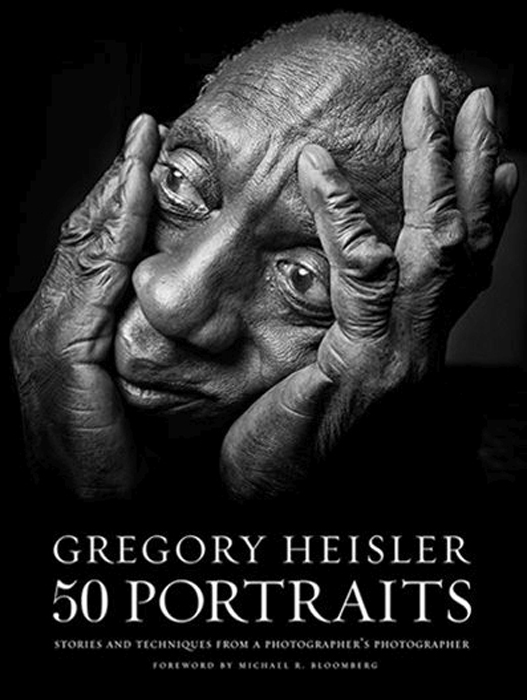
50 Portraits, by Gregory Heisler is a lesson in photography. His photographs are serious work, made professionally for big clients worldwide and magazine covers. The subjects are big names from various renowned fields in society and the world. He doesn't fool around, he does it well and with passion, he is a master of the trade. Some of his portraits are absolutely magnificent, a pleasure to look at endlessly.
For each one of the fifty included here, he gives away how it was done, the story behind he image and he explains the technical details, and of course I love to know what camera has been used. So I consider this a book for photographers, the greatest lesson we can have.
But he says, and I quote,I can't achieve the quality I aim for with digital cameras, and I have many cameras, even digital.And this is what I want to talk about a little more, joining my limited experience with his big expertise.
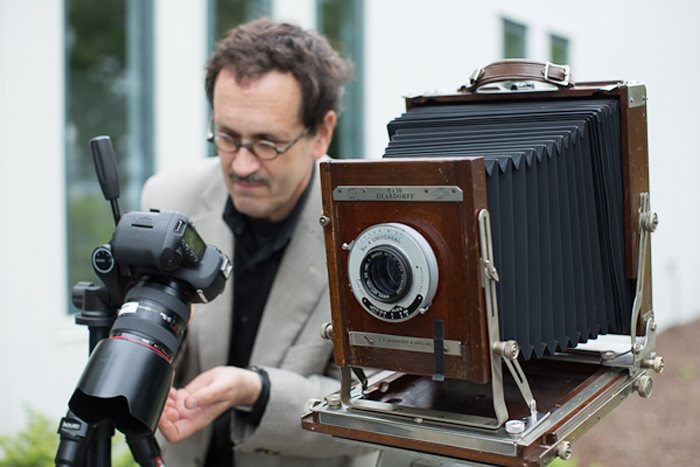
I too have many cameras and a fridge full of film of all formats, small, medium and large. We are working with cameras and film, and let's consider here that we are working for printing, because that is the final destiny of a photograph, than most of our decisions have to be made prior to shooting. If you work with a digital camera, you have this one camera and that's it. One sensor does it all. Maybe you choose the lens that goes with it, but that will be only on the side of the focal length. I am not being judgemental here, I don't go into war anymore, all that counts is the final result.
Heisler needs to print most of his portraits as high resolution magazine covers or as big sizes elsewhere, and he can't achieve quality enough for that with digital files as quoted. He needs big files that don't loose quality upon enlarging, and that can only be achieved with medium or large format negatives out of big cameras.
He says: Interestingly, the 8x10 negatives proved to be less critically crisp than the digital files. Yet they were somehow more enlargeable. Unlike the digital files, there seemed to be no limit to how big the film could go. Eventually, the digital image would break down and pixelate, while the random grain pattern of the film seemed to soak up the magnification.

So he, like me, we have many cameras and many film to choose from. One tool for every job. Big decisions, always struggling for the right tool, like in the carpenter analogy: the camera is the tool, the film is the wood. Our decision starts prior to shooting, that is our editing. With digital you shoot and edit after. With film you have to edit before, you have to think and have your ideas when you are thinking about what you are about to photograph. Colour film or BW film? Medium or large format? What camera? What lens? Here the only choice is not focal length, because with film and this kind of camera there are many options to consider. There are old lenses with which on can achieve beautiful results, as you can see on page 100 of the book. We have to consider coverage of the lens, its wide aperture, and so on. Each lens has its own character and possibilities, like every type of film we can choose from, each one has its own set of outputs that give every image a kind of personality. The big and important decisions now are what makes great results later. With a large format negative, after scanning it and coming out with a giant file, everything is possible, there is no pixel loosing here. That infinite grain texture on the negative gets better and better on enlarging and big format printing. And he explains that so well along the various beautiful examples in the book.
Then he speaks about the big cameras he has, like I do, which the sitter looks at in awe, and he the photographer does not need to hide behind when hitting the trigger. He can stay on the side of the camera ready to shoot but at the same time looking face to face with his subject, talking, directing, telling a joke, just speaking, and suddenly, zip zap, I got my picture! That's the way to do it.
I recommend this read, specially if you are into portraiture of course, but if you are into any other subject still there will be much to learn about photography inside.
One final story to illustrate all this: The other day I was about to go out on a walk early in the morning, Lisbon on a summer day and beautiful light coming from the rising sun. Nothing very special here, really, but a camera would sure capture some nice images. I looked at my shelf, thinking and deciding what was to be best for this occasion, and picked up my most light medium format camera, a Happo-66E, and rangefinder small folder with a 75mm lens that I love. All manual, I usually set it to f/16, 1/60 for EI 100, focused to 6m, meaning everything will be in focus from 3m to infinity, the poor man autofocus, just point and shoot. Next I went looking into the fridge to pick up a 120 mm film roll for it. I stumbled upon a long expired Reala, 2002, that should be fun, this will be nothing or a nice surprise. You see the difference to a digital camera, the joy of it? Film into the camera and off I went strolling the city. And coming home with 12 exposures hiding in the camera, or maybe not after all these years. Next day getting it to be developed, picking it up after 2 days, then the final scan. And something was still active in that old emulsion, these Fujifilm guys know how to do film emulsions!
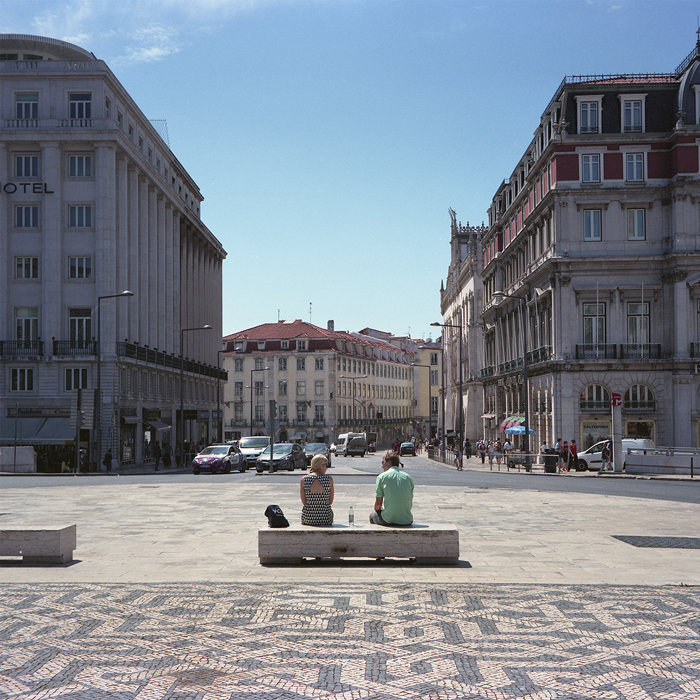
 | Write |
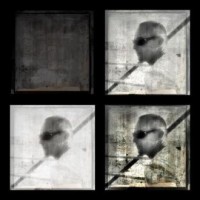 | Paulo Abrantes PRO amazing article, a joy to read. congrats, Raul, and many thanks for the share. |
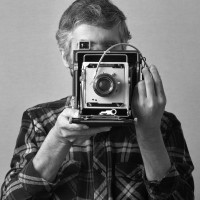 | Raul Pires Coelho Hey Paulo, thanks a lot, happy you liked it! :) |